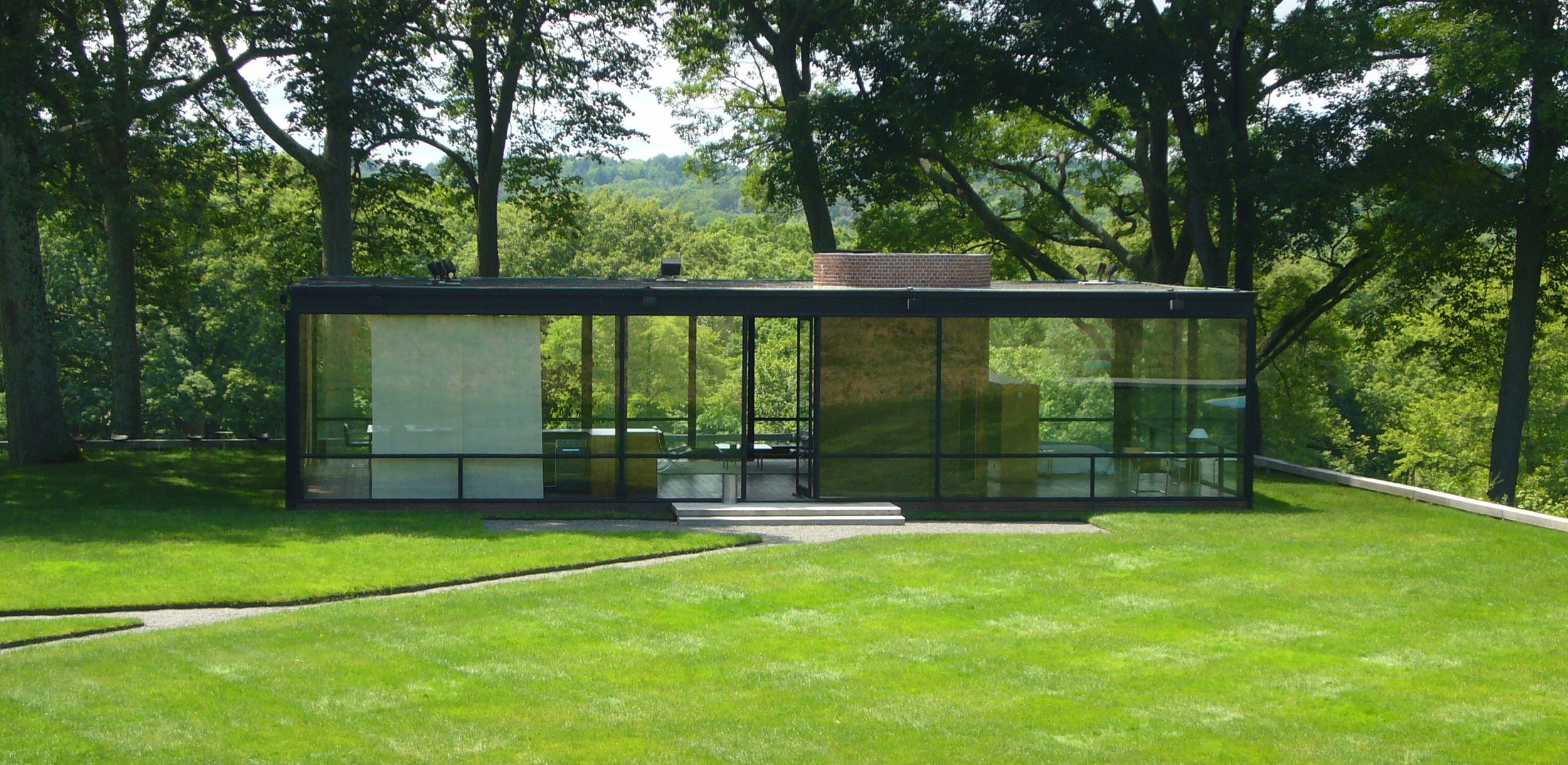
‘Celebration of irregularities’
“Resilience” (porcelain, wire on panel), by Lucas Ferreira, in the show “Ferreira & Nascimento: Natural Terrains,’’ at Heather Gaudio Fine Art, New Canaan, Conn., Aug. 27-Oct 8.
The gallery explains:
“This is the first exhibition for Lucas Ferreira in the United States. Born and raised in Brazil, Ferreira’s success as an artist came about serendipitously when he moved to London in his early twenties to study cinema. He began working in ceramic as a means to support his film projects in what he dubs is ‘a capricious industry.’ As he explored the properties of porcelain ceramic and developed his own techniques and language, Ferreira found the demand for his work exceeding his wildest expectations.
“For Ferreira, his work is a ‘celebration of irregularities’ that begins with small, simple shapes which are then repeated thousands of times. Ferreira works with porcelain ceramic in its purest form, rolling the material out into paper thin sheets and allowing it to dry for about an hour. This prevents the porcelain from sticking to the tools he utilizes to cut the individual shapes. Each piece is meticulously hand-cut and allowed to dry further before being fired in a high-powered kiln. As the tiles are assembled together in an organized fashion, the hand-made becomes more evident. Rather than getting uniformly lost in the grouping, the individual character of each piece is accentuated adding dimension to the overall textured surface. Color, derived from natural minerals, also plays a part in his work, as the pieces can go from lighter to darker values, or make a statement of form and perspective against neutral backgrounds. Ferreira’s process develops organically, the composition and rhythm dictated by spontaneous thoughts and feelings of the moment. The results are landscape tessellations, fragmented shapes that are visual feasts made timeless with the use of ancient mosaic techniques. Ferreira also credits as influence the work of Sérgio de Camargo, the Brazilian sculptor and relief maker who became an important figure in the Latin American Constructivist movement. Ferreira’s work has been the subject of many exhibitions in Europe and is in numerous private and corporate collections. His mosaic compositions are also in high demand for site-specific commissions. Ferreira currently lives and works in London.
“On view alongside Ferreira’s mosaics will be new work by gallery roster artist Valéria Nascimento. Her artistic practice shares certain aspects with Ferreira in that she too makes the porcelain material paper thin before hand-cutting each piece individually. As with Ferreira, the porcelain is left in its natural, unglazed finish, and only colored with oxides or minerals. The similarities end there, however, for her shapes are directly inspired by nature and take on the forms of stunning botanical or aquatic installations. Flora, blooms, hibiscus, bamboo, branches, or coral, anemones, and the like grace the spaces they inhabit. Nascimento’s architectural background informs her intricate and detailed presentation, and her work is about bringing nature indoors. The exhibition will feature a site-specific wall-mounted “meadow” installation as well as other work new to American audiences. Also included are works the two artists collaborated on, combining their distinctive aesthetics into three separate panels. Nascimento has had a prolific career and has been extensively exhibited and written about. Her work is in multiple private and public locations throughout the world.’'
The Glass House is a historic house museum on Ponus Ridge Road in New Canaan, built in 1948–49. It was designed by architect Philip Johnson (1906-2005) as his own residence.
Temptations in the Glass House
From left, "Accattone, 1978'' (oil wax, modeling paste on canvas). Right: "Jack the Bellboy / A Season in Hell, 1975'' (joint compound, Rhoplex, oil, plaster, wire mesh on canvas), by Julian Schnabel. in the show "Wax Paintings from the 1970s,'' at the Glass House Museum, New Canaan, Conn,. through June 5. (The celebrated Glass House, with its, yes, its glass exterior walls, was designed by the late famous Modernist architect Philip Johnson in a bucolic setting in a rich New York City suburb.
-- Photo by Andy Romer
The museum says: "This show offers a glimpse into Julian Schnabel's first steps into painting. The six pieces on display at the Glass House were all drawn before his first solo exhibition in New York City at the Mary Boone Gallery in 1979. These works present themes woven throughout the artist's style. The artist layers a silky wax and modeling paste to tempt the viewer towards the surface and to offer insight into the artist's process. The multiple layers of dense wax add a third dimension to the piece. Schnabel also notched into the surface of his paintings and built off these marks to represent the passage of time. It takes many years to hone a unique style. This is proven in Schnabel's pieces such as in "Accattone,'' with the deep raw tones of red wax, and in 'Procession' (for Jean Vigo) amplifying the contrasting use of black and white wax.


